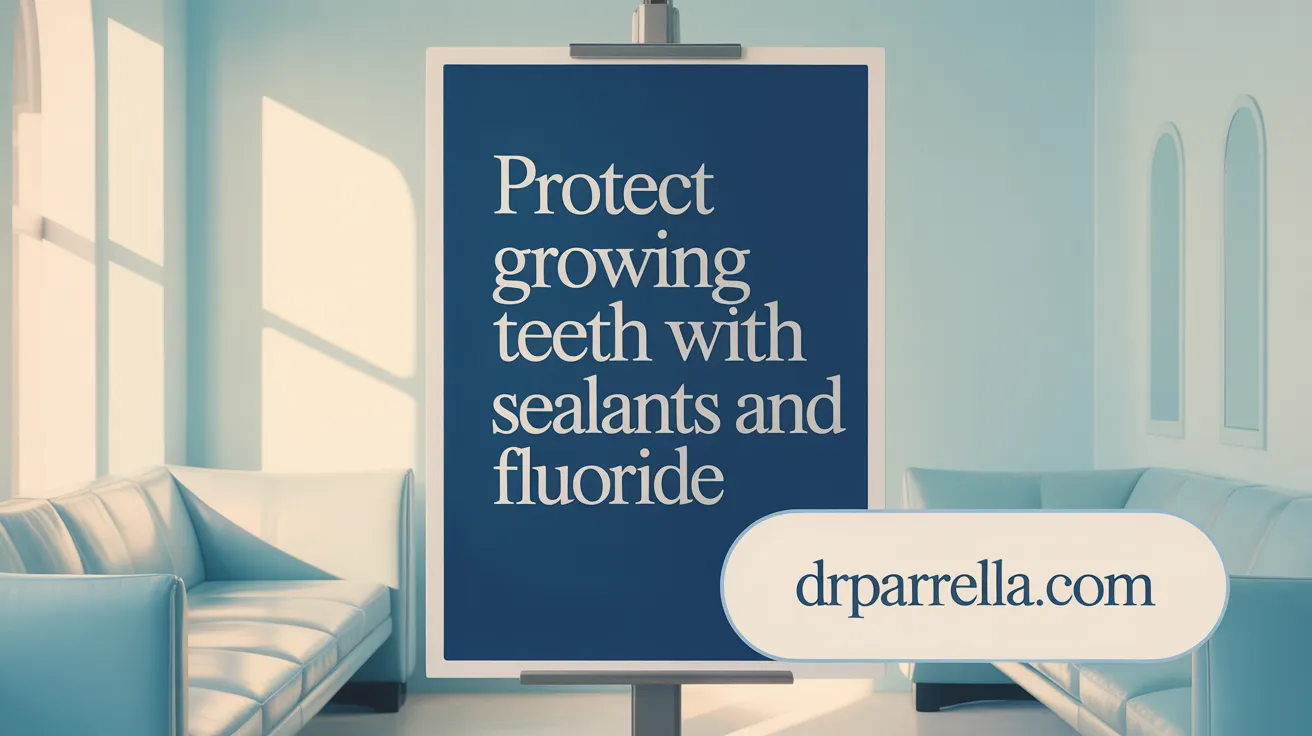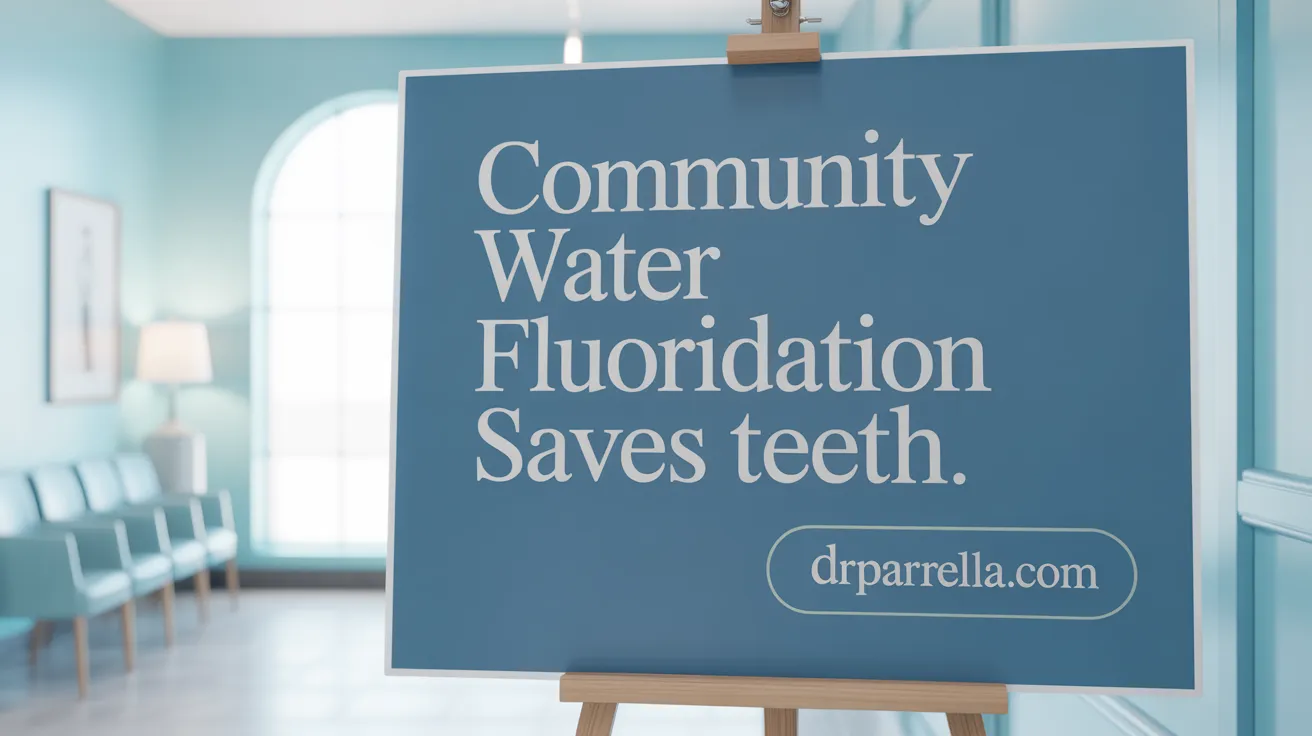Understanding Preventive Dentistry: A Lifelong Commitment
Preventive dentistry is the cornerstone of maintaining strong, healthy teeth and gums throughout life. By integrating regular dental visits, effective home care, and lifestyle adjustments, both children and adults can significantly reduce the risk of dental diseases such as cavities and gum disease. This article explores comprehensive preventive strategies tailored to every stage of life, emphasizing the critical role of routine care and education in preserving oral health.
Foundations of Preventive Dentistry for Children

What are the key preventive dentistry practices recommended for children?
Preventive dentistry for children starts early, ideally with dental visits by age one or within six months following the eruption of the first tooth. This early establishment of a dental home helps monitor oral development and sets the stage for healthy habits. Regular dental check-ups and professional cleanings every six months are essential to detect and address issues like cavities and gum disease at the earliest stages.
Daily oral hygiene plays a vital role, with children encouraged to brush twice a day using fluoride toothpaste. Flossing should begin as soon as the child's teeth start to touch, helping remove plaque between teeth and preventing decay. A balanced diet low in sugary snacks and drinks supports healthy teeth, while protective mouthguards are recommended for children engaged in sports to guard against dental injuries. Parental guidance remains crucial in supervising brushing and flossing routines to ensure proper technique and consistency, thus fostering lifelong oral health habits.
How do dental sealants and fluoride treatments help protect children's teeth?
Dental sealants are thin, protective coatings typically applied to the chewing surfaces of molars and premolars. These teeth often have deep fissures where bacteria and food particles can accumulate, increasing the risk of cavities. Sealants act as a physical barrier blocking decay-causing agents and can reduce cavities in back teeth by up to 80%, offering significant long-term protection.
Fluoride treatments complement this protection by strengthening tooth enamel, making it more resistant to acid attacks produced by bacteria when they digest sugars. Professional fluoride applications, along with the use of fluoride toothpaste and fluoridated water, help reduce the risk of cavity formation and can sometimes even reverse early enamel decay. Together, sealants and fluoride form a powerful preventive duo that safeguards children’s teeth effectively.
Dietary and Hygiene Foundations
Encouraging a diet rich in calcium and low in sugar promotes strong teeth and reduces the chance of decay. Parents should limit children's consumption of sugary snacks and beverages and encourage drinking fluoridated water to help rinse away bacteria. Educating children on proper oral hygiene techniques and the importance of these habits empowers them to take an active role in their dental care from a young age.
Physical Protection
For children participating in physical activities, using custom or well-fitted mouthguards protects against trauma to teeth and soft tissues. This simple preventive measure minimizes injury risks during sports, promoting oral safety alongside hygiene practices.
By combining early dental visits, regular professional care, protective treatments like sealants and fluoride, supportive dietary habits, and protective gear, parents and dental professionals can lay a strong foundation for children's lifelong oral health.
Effective Preventive Measures for Adult Oral Health

What preventive dental care is recommended for adults to maintain oral health?
Adults are advised to schedule regular dental visits, typically every six months, to benefit from thorough examinations and professional cleanings. These cleanings remove plaque and tartar that daily brushing may miss, helping prevent decay and gum disease. Daily oral hygiene practices are essential and include brushing teeth twice daily with fluoride toothpaste and flossing once daily to clean between teeth.
Preventive treatments such as fluoride applications and dental sealants can provide extra protection, particularly for adults at higher risk of cavities. Dietary habits also play a significant role; limiting sugary and acidic foods reduces enamel erosion and risk of cavities. Special considerations are necessary for pregnant women, who should maintain rigorous oral hygiene and attend dental check-ups to protect both their own and their baby's health. Older adults should focus on good gum care, managing dry mouth, and ensuring dental prosthetics like dentures fit properly.
How do tobacco, alcohol, and chronic diseases influence oral health in adults?
Tobacco use and excessive alcohol consumption significantly increase the risk of oral health problems, including gum disease, tooth loss, and oral cancers. Smoking contributes to plaque buildup and gum recession, worsening oral hygiene.
Chronic conditions like diabetes and arthritis can impair the body's healing response, causing increased inflammation and susceptibility to periodontal disease. Effective management of these diseases, alongside cessation of tobacco and moderation of alcohol, is crucial for maintaining adult oral health.
Together, these preventive strategies and lifestyle adjustments form a comprehensive approach to preserving oral health and preventing dental issues in adults.
Essential Home Care Practices Across All Ages
What are the best home oral hygiene practices to prevent dental problems?
Maintaining optimal oral health begins with effective home care. Brushing your teeth twice daily for two minutes using fluoride toothpaste is foundational. Employ a soft-bristled toothbrush and position it at a 45-degree angle to the gumline. Use gentle, circular strokes that cover all tooth surfaces and also gently clean the tongue, as this reduces bacterial buildup that can cause bad breath.
Daily flossing complements brushing by removing plaque and food debris from between teeth and under the gumline, areas a toothbrush cannot reach. For added protection, using an alcohol-free antibacterial mouthwash can help reduce harmful oral bacteria and plaque formation.
Dietary choices and managing enamel health
Limiting sugary and acidic foods and drinks significantly lowers cavity risk. Chewing sugar-free gum promotes saliva flow, which neutralizes acids and helps replenish minerals critical for enamel strength. Drinking fluoridated water further supports enamel health.
Regular hydration helps prevent dry mouth, which otherwise increases decay risk. To manage enamel erosion, avoid brushing immediately after consuming acidic foods or drinks; wait at least 30 to 60 minutes to protect softened enamel. For more on these practices, see Preventive Care and Oral Hygiene.
Avoiding detrimental habits
Smoking and tobacco use contribute to gum disease, tooth loss, and oral cancers. Quitting these habits is vital to preserving oral tissues and overall health.
Together, these home care practices create a robust defense against dental problems at every stage of life.
Community and Public Health Strategies Supporting Preventive Dentistry

How do community initiatives enhance preventive dental care and oral health outcomes?
Community water fluoridation is a cornerstone public health strategy that adjusts naturally occurring fluoride in water supplies to optimal levels, dramatically lowering cavity rates across populations. This initiative delivers substantial cost savings—billions of dollars in dental treatment expenses are averted due to fewer cavities.
School-based dental sealant programs specifically target children, many from underserved backgrounds, by providing dental sealants to protect back teeth from decay. Sealants can prevent up to 80% of cavities on treated teeth, greatly reducing the need for restorative treatments and associated costs.
Access to affordable dental care and nutritious foods further supports preventive efforts. Communities that ensure availability of these essentials see increased utilization of dental preventive services and improved oral health outcomes (Preventing oral diseases and conditions).
Tobacco-free policies decrease tobacco use, a major risk factor for gum disease and oral cancer. Similarly, public health promotion of human papillomavirus (HPV) vaccination reduces the incidence of HPV-related oral cancers.
Despite such measures, nearly 20% of Americans reside in areas lacking sufficient dental providers, which negatively impacts oral health across those communities (Access to affordable healthy foods.
The Centers for Disease Control and Prevention (CDC) plays a vital role in advancing these initiatives by providing funding, technical assistance, workforce training, data surveillance, and promoting proven prevention measures. Their support catalyzes improvements in oral health outcomes nationwide and fosters equitable access to preventive dentistry.
Technological Advances and Evidence-Based Practices in Prevention
What technological and evidence-based prevention methods improve oral health outcomes?
Modern dentistry employs advanced diagnostic tools that enable the early detection of dental caries, significantly improving preventive care. Tools like DIAGNOdent Laser Fluorescence in Caries Detection, and Digital Imaging Fiber-Optic Transillumination detect early-stage caries before cavities develop. These innovations allow dentists to intervene promptly to halt progression.
Fluoride varnishes play a crucial role by slowly releasing fluoride over five to six months, effectively preventing new lesions and sometimes reversing early decay. They are particularly beneficial on hard-to-clean occlusal surfaces of permanent teeth.
Xylitol, a natural sugar substitute found in products like chewing gum and lozenges, disrupts the energy production of cariogenic bacteria such as mutans streptococci. By reducing plaque formation and enamel demineralization, xylitol helps in cavity prevention.
Personalized caries risk assessments, such as Caries Management by Risk Assessment (CAMBRA), evaluate factors like past caries history, fluoride usage, oral hygiene, and diet. This approach guides clinicians to tailor preventive measures and treatments to individual patients, optimizing oral health outcomes.
Routine diagnostic screenings, including dental X-rays, complement clinical exams by detecting hidden decay, bone loss, and other oral health conditions not visible to the naked eye. Regular use of X-rays aids in early intervention, reducing the need for complex treatments.
By integrating these evidence-based practices, dental care providers can effectively prevent dental diseases, especially in high-risk populations, enhancing both clinical outcomes and patient quality of life.
Bridging Preventive Dentistry from Childhood to Senior Years
How do preventive dentistry strategies adapt through various life stages?
Preventive dentistry evolves tailored to the unique needs and risks at each age.
In childhood, the focus is on early dental care initiation, usually by age one, establishing a dental home. Important practices include teaching proper brushing and flossing, applying protective fluoride treatments and sealants to prevent cavities. Addressing behaviors like thumb sucking helps prevent dental misalignment. Orthodontic screenings also occur early to manage bite issues.
Adolescents receive guidance on maintaining hygiene, especially around braces, and the importance of custom mouthguards for sports to avoid injuries.
For adults, preventive care emphasizes regular professional cleanings and exams, managing lifestyle factors like smoking and diet, and addressing chronic health conditions that impact oral health. Use of fluoride rinses and vigilance against gum disease is crucial.
Seniors experience challenges such as dry mouth due to medications, gum recession, and denture maintenance. Personalized care plans support continuing oral health and comfort.
Across all ages, maintaining oral hygiene and preventive visits helps mitigate risks of systemic diseases linked to oral health, including diabetes, cardiovascular, and respiratory conditions. Preventive dentistry thus plays a vital role in preserving overall health throughout life.
The Lifelong Benefits of Embracing Preventive Dentistry
Adopting preventive dentistry strategies early and maintaining them throughout life provides a foundation for healthy teeth and gums, minimizing the need for complex treatments. Children and adults alike benefit from a combination of professional care, effective home hygiene, and supportive community measures. These practices not only protect oral health but also contribute to overall well-being. Embracing preventive dental care empowers individuals to preserve beautiful smiles, manage health risks, and enjoy a better quality of life at every age.
